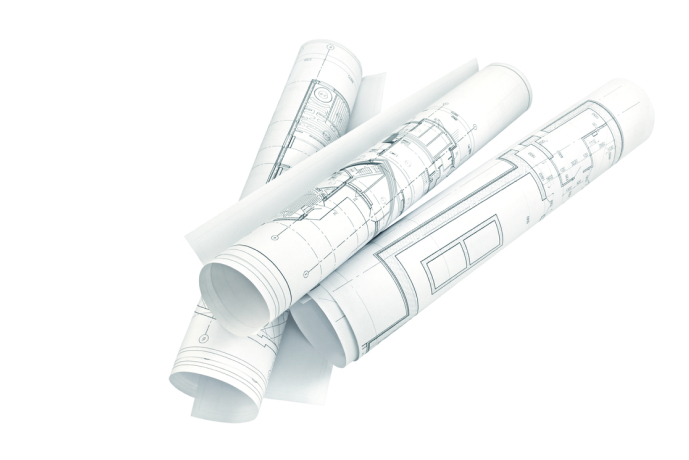A typical Melbourne townhouse development project takes at least 24 months, from purchase through to sale. I generally allow 10 months to attain planning permits, another few months to complete construction documentation and tender for a fixed building contract, plus another 12 months to complete construction.
Many developers expect a 20% Return on Investment for an end-to-end project. While ambitious, I think this is achievable, but only if you:
- complete the full development,
- have a purchase budget of +/- $2.0m, and/or
- factor in capital growth

I’ve got a a property developer client named Gary who I have a lot of respect for. He appointed us to find him a suitable development site a few years back…
He’d recently retired from a lucrative 30+ year civil engineering career, and now spends 80% of his time on residential developments (the other 20% is spent travelling, the lucky bugger). About a year ago, Gary reached out to me, and we started an in-depth conversation about what he’s looking to achieve over the next 10 years.
Like all serious developers I know, Gary wants a few projects on the go at all times: one at design stage, one beginning construction, and one near completion. He’s always in the market for profitable projects, but finding them has proven too time consuming.
His initial brief was a challenge: a build-ready (permitted) site for about $1.2m, with a projected post-GST ROI of 20%. I’m not shy about speaking my mind… I told him that I didn’t think a project like that exists, but I’d try hard to find it on the condition that we’d revisit his brief after a few weeks of searching. All good.
Three weeks later, I’d examined 20+ sites and shared a few in-depth feasibility studies with him – all pointed to a ROI of 10-12%.
Why was finding a 20% ROI on a townhouse development proving impossible? For a few reasons…
- A full development includes planning and construction. Roughly half of the profits are associated with attaining planning permits, and the other half with actually building the dwellings. If you’re looking for a 20% ROI, you need to tackle both parts, over a 24 month period. Gary wanted half the project, in half the time, with half the risk – he needed to expect half the return.
- Good sites, in quality areas, with well-designed permits are in high demand. Build-ready projects have become harder to come by, so expect to pay a premium for them. The sites I looked at for Gary were often purchased for $300k+ less just a couple years prior – there goes half the profit.
- Melbourne house prices had increased by about 10% in each of the previous 4 years. If you bought a site for $1.0m in mid 2015, chances are that general market forces led to it rising in value to about $1.1m by late 2016; currently, it’s probably worth over $1.2m. When I conduct a feasibility study for clients, I estimate end-constructed values based on today’s market; in other words, I don’t usually factor in projected capital growth. An experienced developer like Gary is comfortable accounting for some marginal growth over a 2-year period (say 5%) but not over a 1-year period – so we were stuck relying on past comparable sale prices instead of creating new ceiling prices.
- Finally, and importantly, a bigger purchase budget equals a bigger % ROI. This is a simple fact, and one that I spend a bit of explaining to most clients. A bigger purchase budget means you can purchase in better suburbs with more affluent (read: wealthy) purchasers; it means you can buy on better streets, within closer proximity to shops, trains, parks, and schools; and, it means you can buy bigger blocks with more development-friendly zoning, so that 3 townhouse sites become 5 townhouse sites. ROI increases exponentially for every $1m spent, and Gary’s $1.2m budget meant fairly limited options.

I’m always willing to invest time in serious clients who are oriented to long-term relationships.
After going through detailed feasibilities and ruling out several real-life projects together, Gary agreed to a change in brief: a non-permitted site with a budget of $1.5m+/-. Two weeks later, we found a ripper project in an affluent area that promises significant near-term capital growth – no permits were in place, but we got very positive feedback from council around our intended design. Current market values suggest an ROI of 17%, and just a bit of capital growth will bring it to over 20% in two years’ time.
In addition, we’re currently exploring a Joint Venture option with another client of mine, where they go 50/50 on a permitted site asking $2.8m. The ROI based on today’s market conditions is 15%, and for a permitted site that’s not bad at all. I reckon the area is about to boom too – a 10% increase in median $ prices over the next 12 months would mean an 18% ROI. It all adds up.
In summary, I make the following general recommendations to clients who are seeking a ~ 20% Return on Investment for a townhouse development:
Tackle a full development, that includes planning and construction (don’t leave half the profits on the table).
Maximise your purchase budget so that your completed project appeals to the wealthiest possible buyer demographic (people who are willing to pay a premium for the right product).
Buy in areas > suburbs > neighbourhoods that promise the best possible near-term capital growth (I’ve been involved in projects where as much as half the profits were attributed to market growth!)

